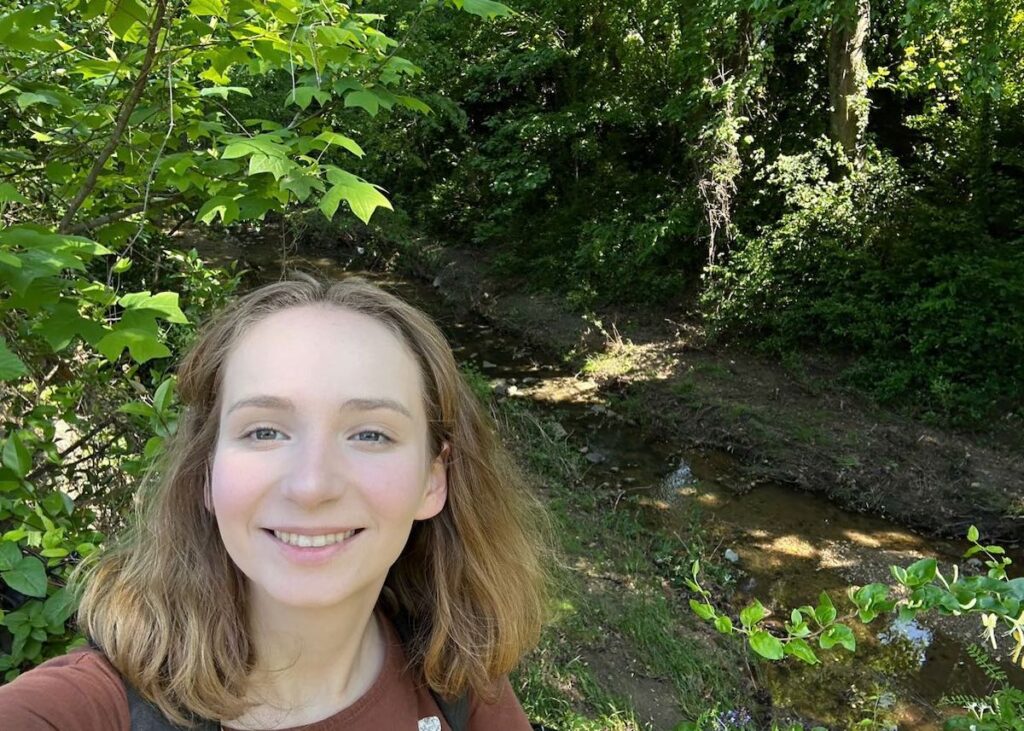By Debra Murray
Congratulations to the 2023 student awardees of the Tom and Bruce Shinn Fund! Six students from universities across North Carolina received funds for their research on native plants.
The value of scientific data never fades
Did you ever participate in a project to remove invasives and plant natives along an urban stream and then wonder what would happen to those lovingly planted natives? Lauren Willhite, a master’s student at North Carolina State University, has a unique opportunity to answer that question. Her research project will assess a Rocky Branch stream restoration project in Raleigh completed over three phases, 13, 17, and 21 years ago. The previous work was carefully documented and Lauren can use that information to survey the stream sites, noting whether the species is planted, a volunteer, or invasive. Her work will lead to valuable insights for future restoration projects in the southeastern United States.
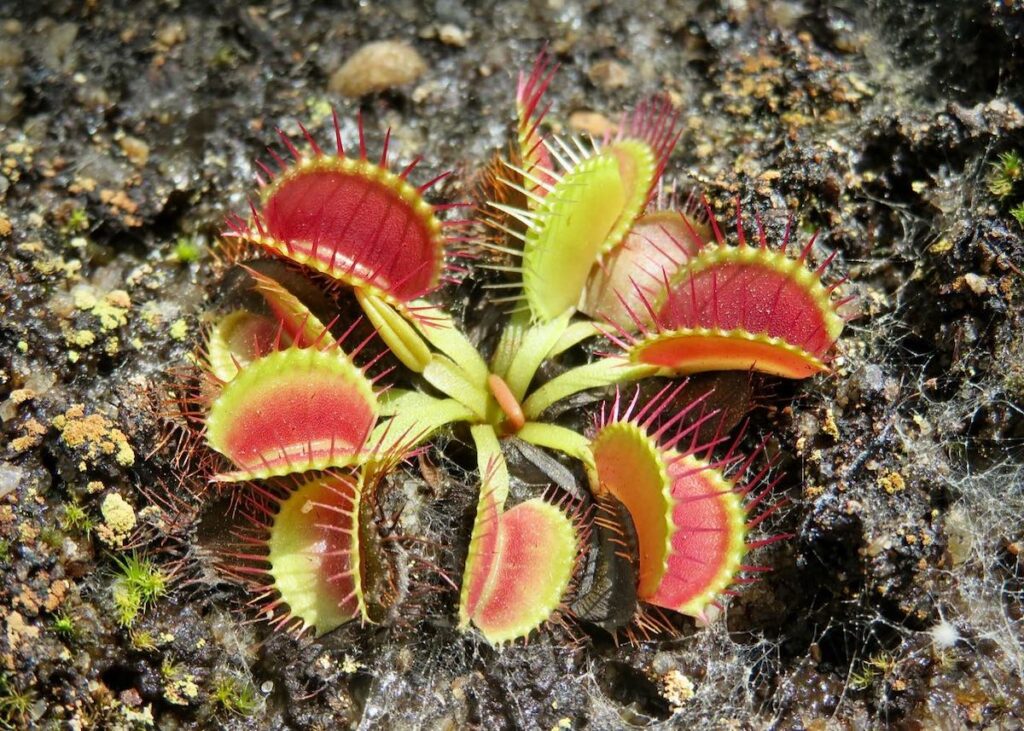
Duke undergraduate Lydia Cox’s project will also make use of previously collected data. She is interested in the flowering times of carnivorous wetland plants. These plants are highly sensitive to environmental stresses, such as impacts from changing climatic conditions. Shifts in flowering times are an early warning sign the plants are responding to these changes, and to test for this, Lydia will examine herbarium specimens collected decades and even hundreds of years ago. She can collect all the data she needs from her living room or her lab, thanks to the efforts of herbariums across the Southeast to digitize herbarium specimens, and use that information to analyze flowering times.
Plant connections
Plants have long evolved to establish beneficial interactions with microbes found in the soil, but they also are constantly challenged to tolerate and survive soil pathogens.
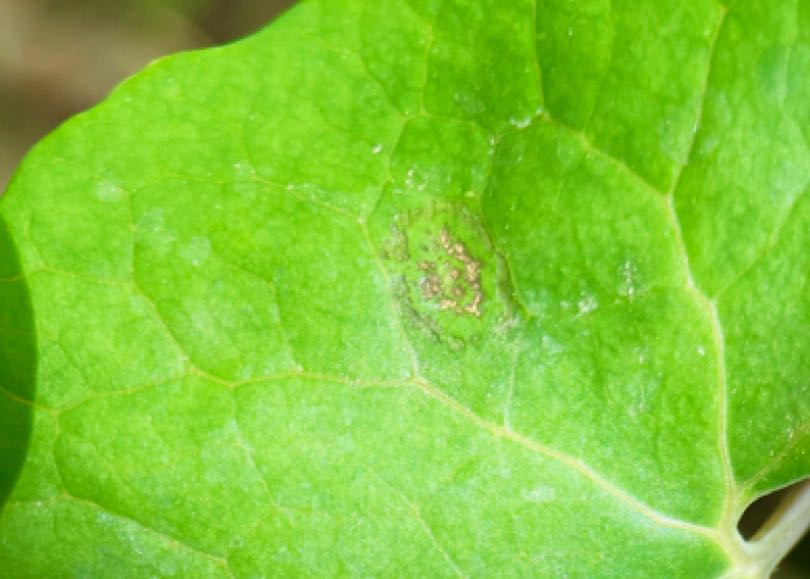
Endophytes, microscopic fungi that live within plants, can either be beneficial or pathogenic to plants. Sometimes endophytes are visible as leaf spots on the surface of plant leaves. Our knowledge of these fungi is mostly limited to economically important plant species, and very little attention is given to endophytes and their interactions in native plant communities. Annika Fockler, an undergraduate at Appalachian State University, will work to fill that gap by surveying these organisms in the mountains of North Carolina. Documenting potential pathogenic fungi could identify vulnerable plant species to monitor as climatic conditions stress plants even further.
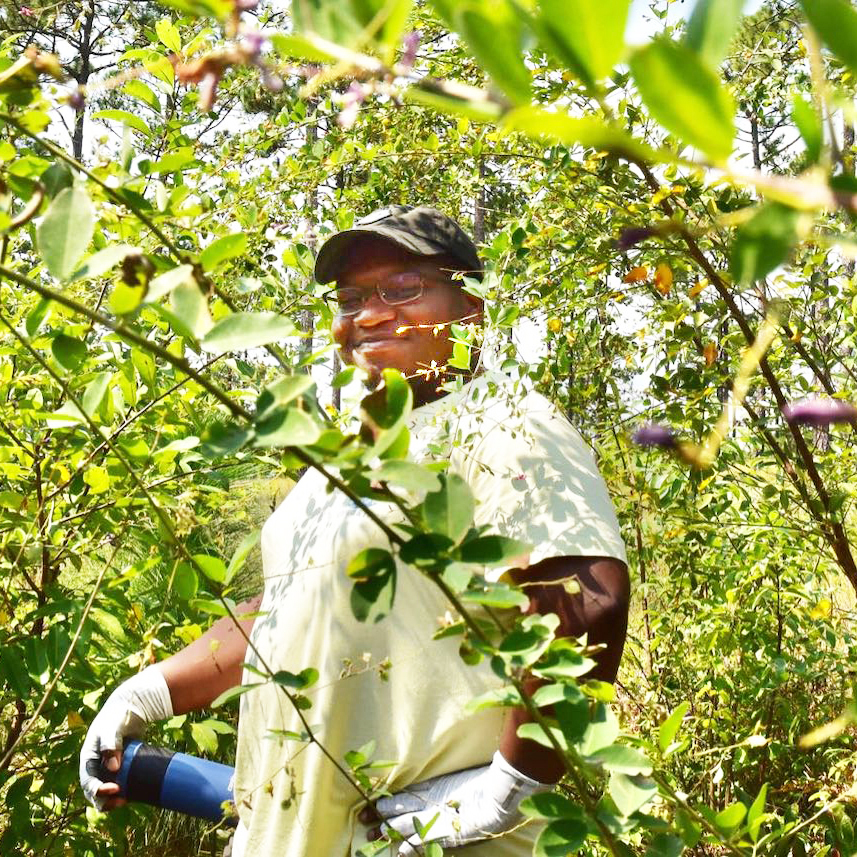
Another stress on plants is herbivory. Herbivory is an essential recycler of nutrients, especially in grass-dominated ecosystems such as the Longleaf Pine savanna, where the main herbivores are insects. The Longleaf Pine savanna is typically nitrogen-limited, and understory legumes fix the nitrogen for other plants to use. Shifts in climatic conditions that affect plant health and abundance will in turn impact the herbivores, starting a cascade of nutrient-related impacts on the ecosystem. Will Mann, a master’s student at the University of North Carolina at Greensboro, will study how environmental stresses affect the amount and type of herbivory on herbaceous plants using experimental plots established in the Longleaf Pine savanna.
Protecting future populations
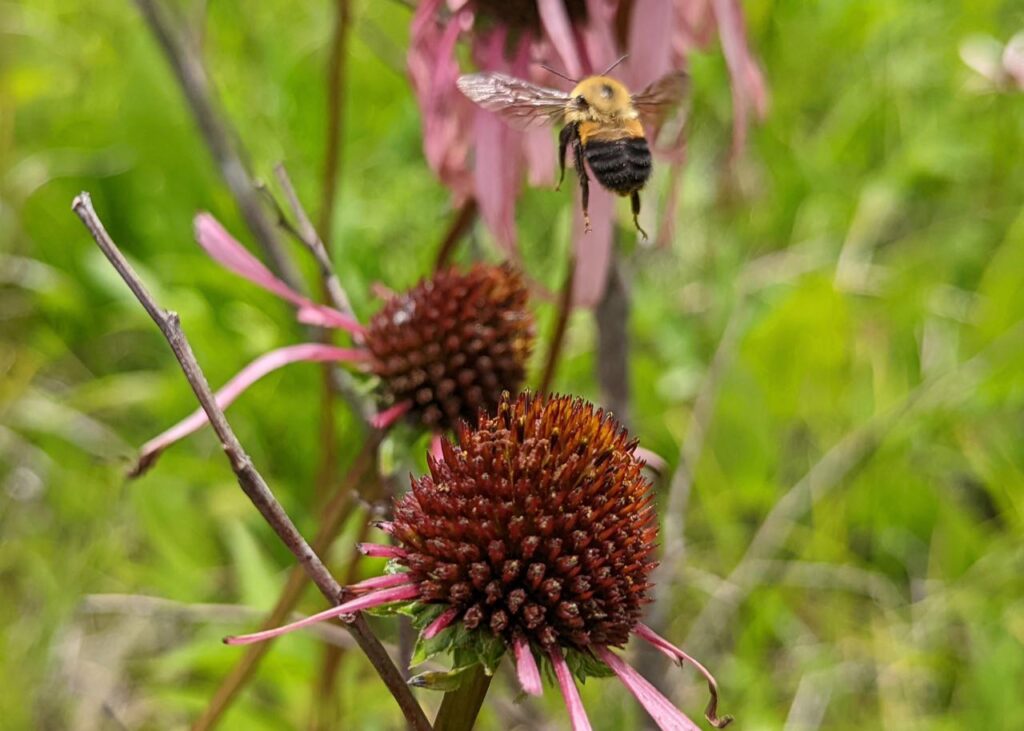
Erin Eichenberger, a Ph.D. candidate at North Carolina State University, wants to ensure the Smooth Purple Coneflower (Echinacea laevigata) continues to recover and establish healthy populations. While the coneflower was recently downlisted from endangered to threatened, Erin recognizes that two pieces of key information are needed to develop a robust management plan. One involves tree growth management: E. laevigata will grow in shady conditions, but did the plants establish before the tree canopy closed due to lack of management and are not thriving there, or do seedlings establish and form populations in the shade? The other key piece is identifying the pollinator communities across the range for E. laevigata. Erin will use a multi-year study to address these gaps and her results will lead to more informed management of E. laevigata.
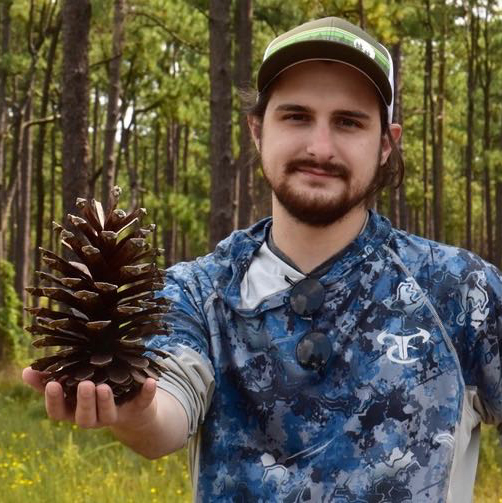
Jordan Winter, a Ph.D. candidate at the University of North Carolina at Greensboro, is also thinking about plant populations, although on a much larger scale. His work focuses on improving restoration efforts of Longleaf Pine savannas. As anthropogenic factors impact the Longleaf Pine ecosystem, there is a need to identify resilient populations that can withstand changing climatic conditions and nutrient levels. Jordan will test individuals from populations across the range, growing them in one common plot and subjecting them to drought and nutrient stresses. His results could potentially benefit restoration efforts throughout the Southeast.
Want to learn more? Read about results from the work of previous Shinn recipients:

Leigha Henson researched Are forest mosses in peril?
Melina Keighron’s project was Is it too hot to fly?
Adair McNear’s project was Did the pollinator cross the road?
Browse other student research findings under separate student entries that state “read full report” in the Shinn Fund Recipients section.
By Debra Murray
Native Plant News – Winter 2023
Debra Murray is chairperson of the Grants & Scholarships Committee of the NC Native Plant Society. The committee reviews grant proposals for student research (Tom and Bruce Shinn Fund), community projects (B.W. Wells Stewardship Fund), and land conservation (Alice Zawadzki Land Conservation Fund).
